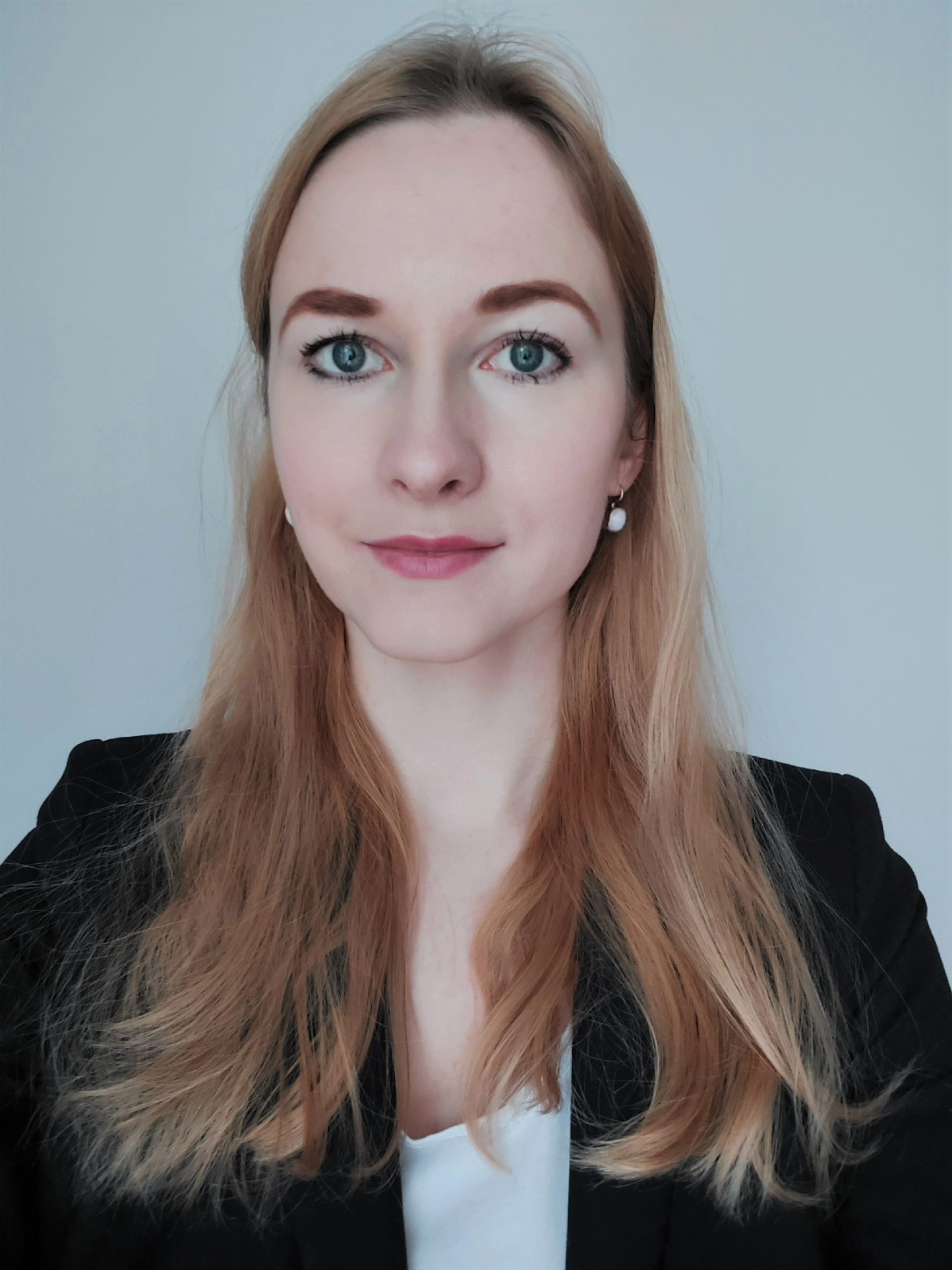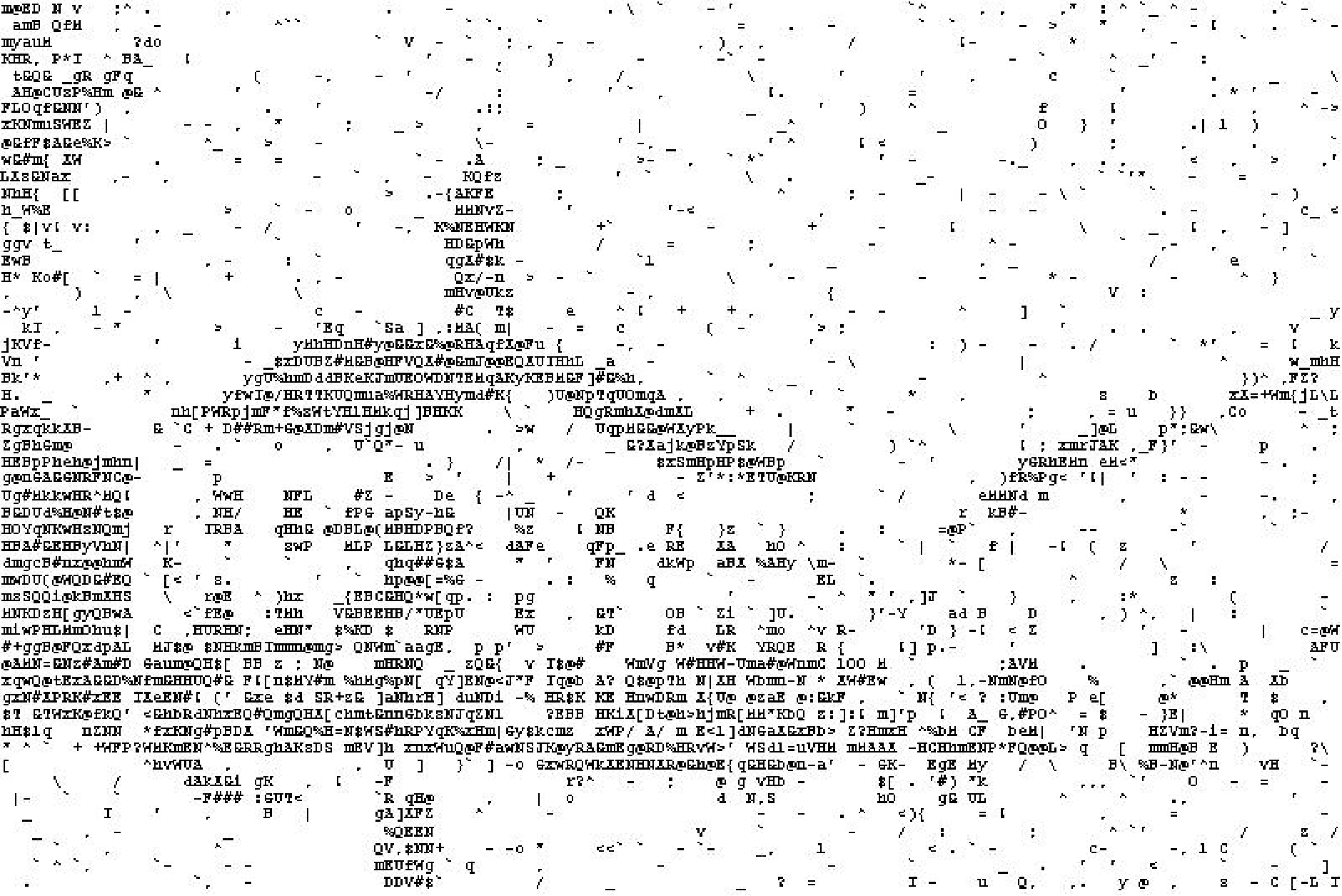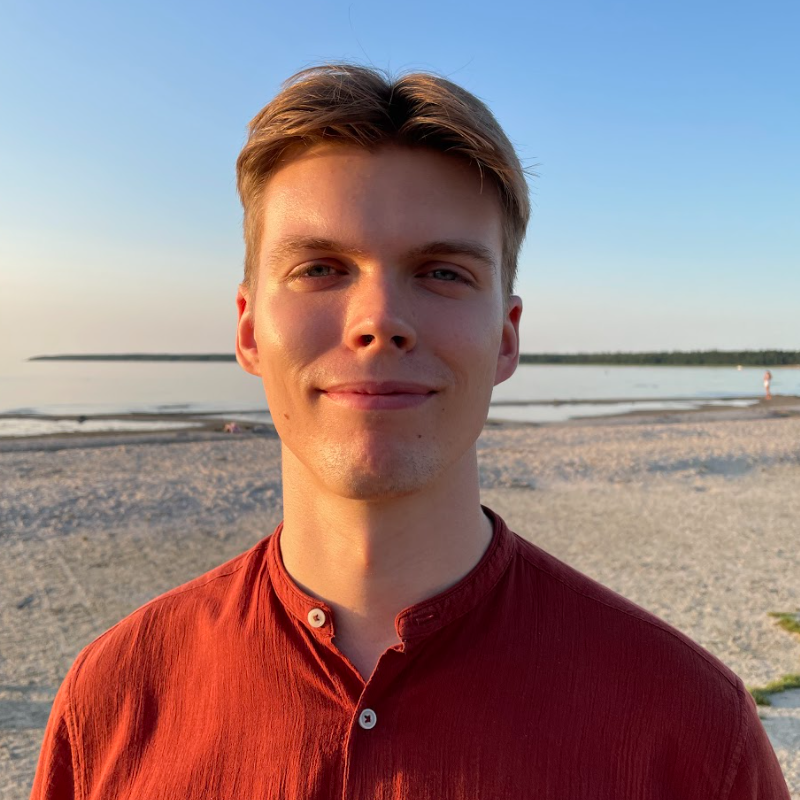With a passion for artificial intelligence and a journey spanning academia and industry across Europe, Asad Munir brings a global perspective to the University of Tartu’s Institute of Computer Science. He was interviewed by professor Jaak Vilo, Head of the Chair of Data Science.
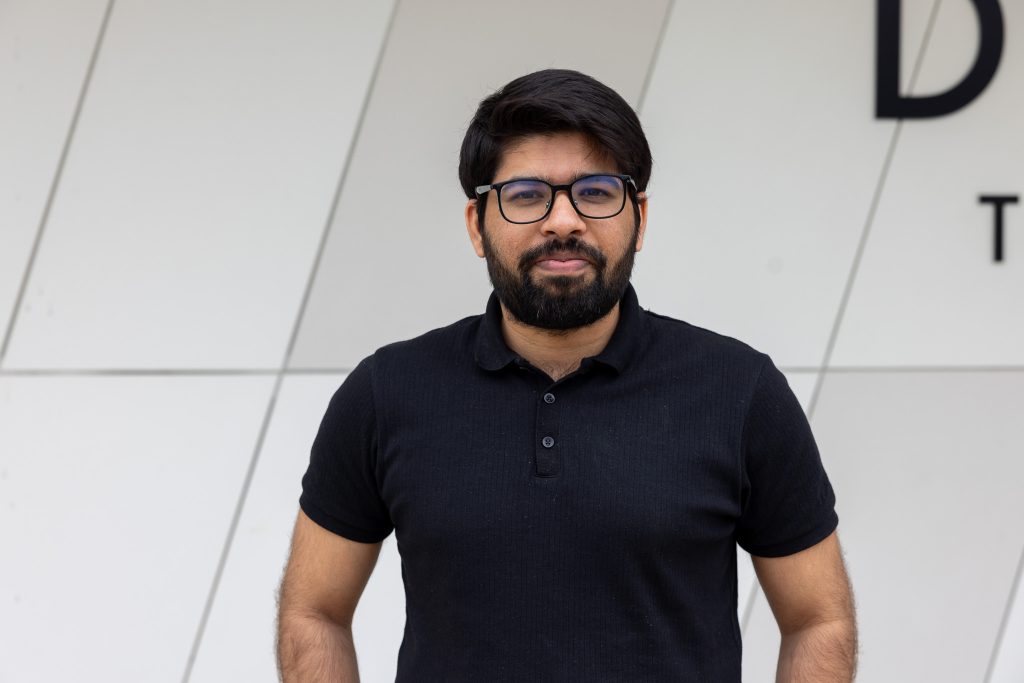
You came lately to Estonia to the Institute of Computer Science at Delta center of University of Tartu. Describe shortly your background and profession.
I have recently joined the Institute of Computer Science at the University of Tartu. My academic background is in Artificial Intelligence, with a focus on computer vision and generative AI. I bring experience in both research and teaching in academic settings, as well as in designing and deploying AI solutions across various industries. Throughout my career, I have worked in multiple countries, gaining valuable international exposure and cross-cultural professional experience.
What guided you to this kind of area and how has been the road to this where you are now?
I have always been deeply interested in emerging trends in technology and the rapid advancements shaping the world. As a student, this curiosity led me to pursue a career in computer science, recognizing its dynamic nature and growing global impact compared to other fields. The journey has been long and enriching, driven by my passion for continuous learning and adapting to new challenges. This mindset has enabled me to thrive in diverse environments and cultures, contributing significantly to my personal growth and professional development.
What are the current limitations in this field, and what breakthroughs do you anticipate in overcoming these challenges?
One of the primary limitations in the field of AI is its heavy dependence on large volumes of high-quality annotated data, which can be scarce or difficult to obtain in many domains. Another significant challenge is the limited generalizability of AI models—models that perform well on a specific dataset often experience a notable drop in performance when applied to different or unseen data distributions. However, recent advancements in generative AI (GenAI) offer promising solutions. By generating high-fidelity synthetic data, GenAI can help alleviate data scarcity and improve model robustness, thereby partially addressing these challenges.
What kind of practices do you keep to foster creativity and innovation in your research?
To keep abreast of the latest developments, I regularly read research papers, technical blogs, and expert commentaries. I also follow tutorials and workshops offered by leading AI conferences, which are valuable for gaining insights into emerging methods and tools. Additionally, I have actively participated in reading groups, which provided a collaborative environment for discussing new ideas and deepening my understanding of complex topics.
You’ve worked at academic institutions and industry, the University of Udine, Munich University of Applied Sciences and SILO AI in Finland and now the University of Tartu. How have these different environments shaped your scientific perspective and approach?
Each of these different environments—universities like the University of Udine, Munich University of Applied Sciences, and the University of Tartu, as well as the industry experience at Silo AI—has given me different experiences that helped shape how I think and work as a researcher. I’ve learned to take both the good and the difficult experiences as chances to grow and improve my skills to meet new challenges. One of the biggest benefits of working in these different places is the variety of problems I’ve worked on. This has helped me gain knowledge and skills in several areas of AI, both in academic research and in real-world industry projects.
Have you noticed any big differences between countries and what are your own expectations about collaborations in Estonia?
Each country I have worked in has had a positive impact on both my personal and professional development. While specific cultural or administrative differences exist, what stands out most to me is the level of investment in research and development—such as the availability of research opportunities, access to advanced computing infrastructure, and progress in industrial automation. These factors play a crucial role in shaping the future of scientific work, making international collaboration increasingly important. Although I am still becoming familiar with the research landscape in Estonia, I believe that cross-border collaborations can lead to highly productive and impactful research outcomes.
For students and early-career researchers aspiring to enter the fields of computer vision and multi-model learning, what advice would you offer to help them succeed and make meaningful contributions?
The field of AI is evolving at a rapid pace, especially in areas like computer vision and multimodal learning. For students and early-career researchers, my advice is to build a strong foundation in the core principles of AI—understanding the underlying science behind models is just as important as learning how to implement them. While there are now many tools and resources that make coding and experimentation more accessible, a deep grasp of the fundamentals will help you adapt to new developments and contribute meaningfully to the field.
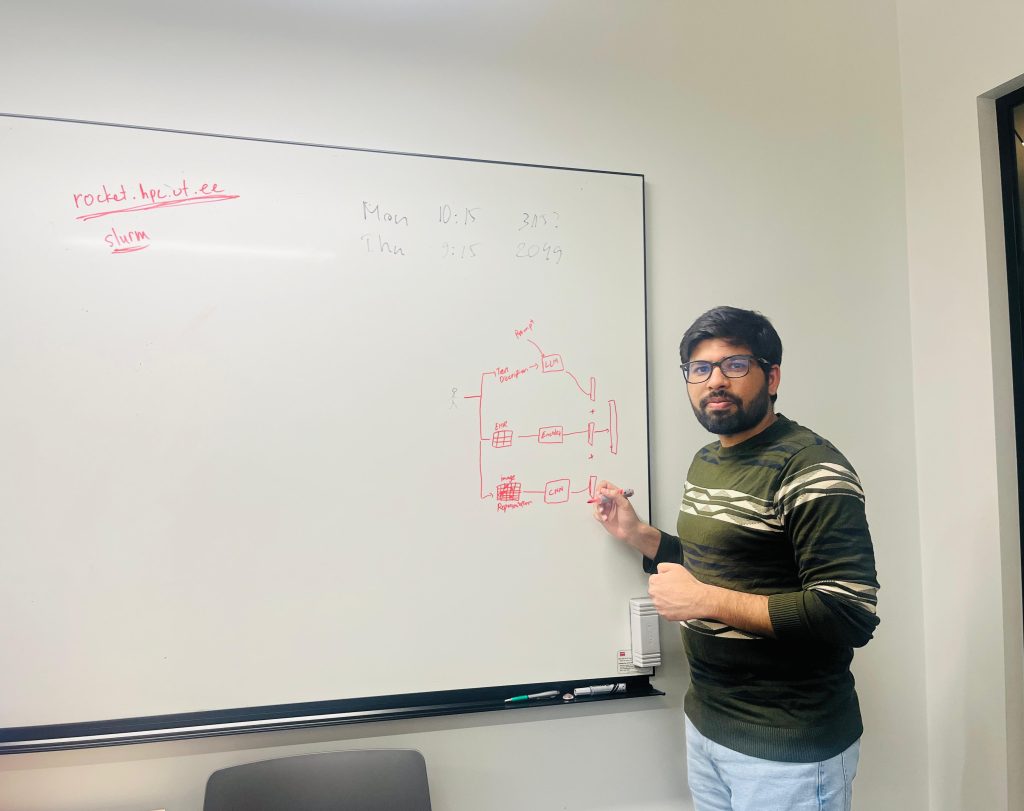
In the Institute of Computer Science, you will start to teach some courses. What kind of practices do you encourage to foster a collaborative learning environment in your classroom?
To foster a collaborative learning environment, I plan to place a strong emphasis on teamwork and problem-solving. I encourage students to work in teams to design and develop solutions for real-world problems through structured assignments and friendly competitions. Additionally, I aim to promote idea generation within and across teams, creating opportunities for peer collaboration and knowledge exchange. This approach not only enhances engagement but also helps students develop practical skills and a collaborative mindset.
For fun – if you could trade your current profession for a completely different career for a day, what would you choose and why?
If I could choose a completely different career for a day, I would love to be a sportsperson. I really enjoy playing football, even though I’m not particularly skilled at it. I also have a passion for cricket and badminton. Engaging in sports has always been a source of fun and energy for me, so imagining myself as an athlete, even just for a day, would be an exciting change from my current profession.
When you’re not working on research or teaching, how do you spend your free time?
In my free time, I enjoy playing video games as a way to relax and unwind. I also like going for long walks, which helps me clear my mind and stay active. Both activities provide a good balance to my work and help me recharge.
Has there been a significant milestone or a particularly valuable lesson in your research career that you would like to share with others?
One valuable lesson I’ve learned in my research journey is the importance of actively participating in workshops and competitions organized by top AI conferences. These events offer excellent opportunities to develop practical skills, stay updated with the latest advancements, and gain hands-on experience with real-world problems. Participating in such competitions can also lead to publications and open doors to networking with leading researchers and professionals in the field. I highly recommend this path to young researchers looking to grow in the field of AI.
